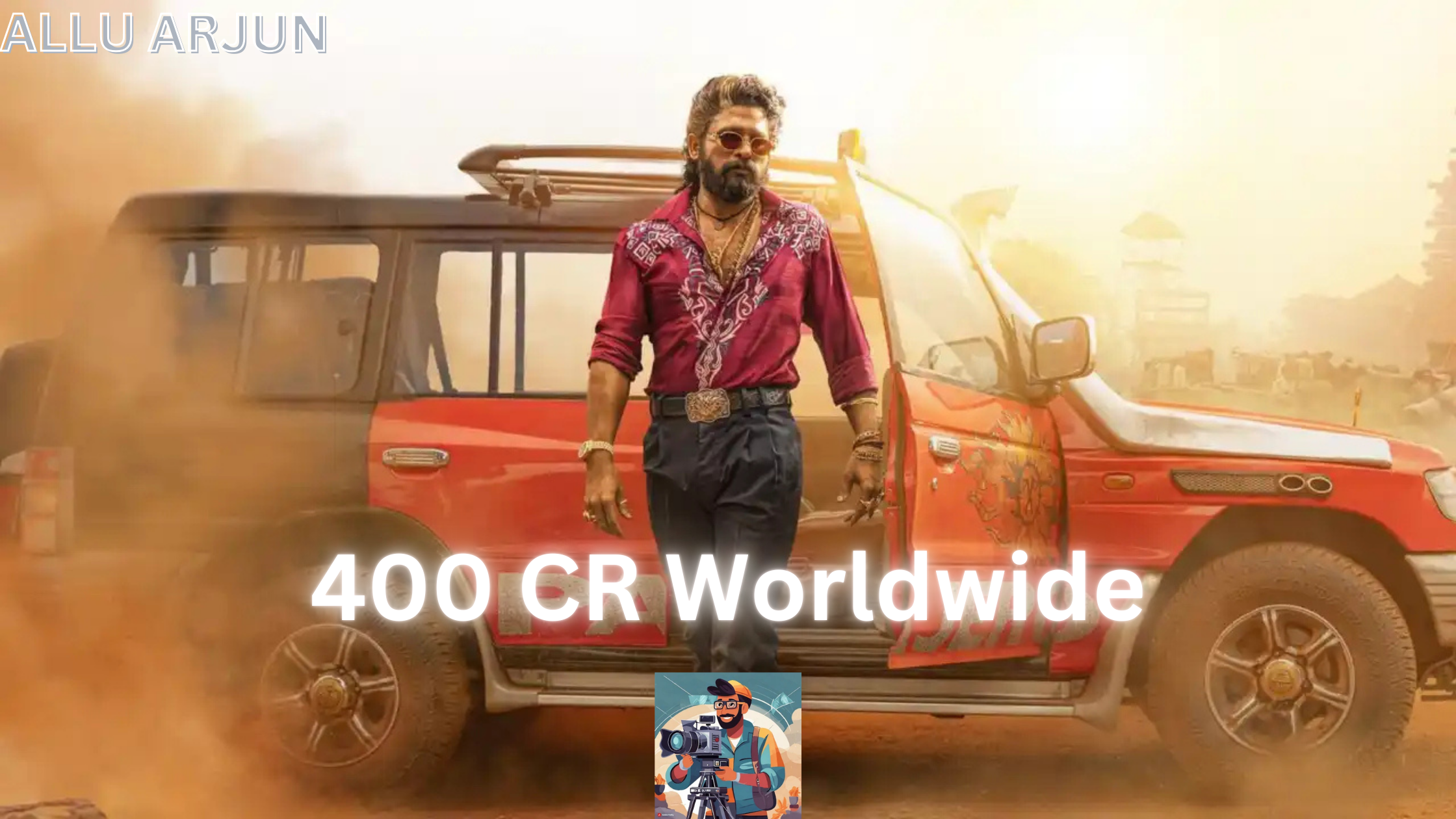Creating a professional-looking short film on a budget may seem challenging, but with the right approach and techniques, you can produce a high-quality film without breaking the bank. This guide offers practical tips and techniques to help you achieve cinematic excellence while staying within your budget.
1. Plan Thoroughly
Pre-Production is Key
The foundation of a successful low-budget short film is meticulous planning. Pre-production involves scriptwriting, storyboarding, location scouting, casting, and scheduling. Investing time in this phase helps prevent costly mistakes during production.
Tip: Use free or low-cost software like Celtx for scriptwriting and storyboarding. Create a detailed shot list to ensure you capture all necessary footage efficiently.
2. Write a Manageable Script
Keep It Simple
Craft a script that is feasible within your budget constraints. Limit the number of locations, characters, and complex scenes. Focus on a strong narrative and compelling characters to engage your audience.
Tip: Set your story in locations you can easily access, like your home or local public spaces, to avoid location rental fees.
3. Utilize Available Resources
Leverage What You Have
Use resources you already own or can borrow. This includes locations, props, costumes, and equipment. Reach out to friends and family for additional resources and support.
Tip: Universities and local community centers often lend equipment to aspiring filmmakers. Check if you can borrow cameras, microphones, and lighting gear.
4. Invest in Essential Equipment
Focus on Key Gear
While it’s tempting to buy the latest gadgets, focus your budget on essential equipment that significantly impacts your film’s quality. Prioritize a good camera, sound equipment, and basic lighting.
Tip: Renting equipment is a cost-effective alternative to purchasing. Online rental services and local rental shops offer high-quality gear at reasonable rates.
5. Master Natural Lighting
Harness the Sun
Lighting can be expensive, but natural light is free. Shoot during the day and take advantage of sunlight to illuminate your scenes. Reflectors and diffusers can help manipulate natural light to your advantage.
Tip: Golden hour (the hour after sunrise and before sunset) provides beautiful, soft lighting that adds a cinematic quality to your shots.
6. Use DIY Solutions
Get Creative
DIY solutions can save money and add a unique touch to your film. For instance, use household items for props and costumes, and create your own lighting setups with inexpensive materials.
Tip: Look for tutorials online for DIY film gear. You can make effective stabilizers, dollies, and light diffusers with common household items.
7. Edit Like a Pro
Free Software and Skills
Editing is where your film comes together. Use free or low-cost editing software like DaVinci Resolve, HitFilm Express, or Lightworks. Spend time learning the software to maximize its potential.
Tip: Online tutorials and forums are invaluable resources for learning editing techniques. Platforms like YouTube offer countless free tutorials to help you improve your skills.
8. Sound Matters
Prioritize Audio Quality
Good sound quality is crucial for a professional-looking film. Invest in a decent microphone and pay attention to sound design. Record clean dialogue and use sound effects and music to enhance your film.
Tip: Use free sound libraries like Freesound or Zapsplat for sound effects and royalty-free music.
9. Collaborate with Others
Build a Team
Filmmaking is a collaborative effort. Enlist the help of friends, fellow students, or local filmmakers who are willing to contribute their skills and time. Offering to reciprocate on their projects can be a great incentive.
Tip: Join local filmmaking groups or online communities to network and find collaborators. Platforms like Meetup and Facebook have groups dedicated to indie filmmakers.
10. Promote Your Film
Effective Marketing
Once your film is complete, promote it effectively. Utilize social media, film forums, and local screenings to get your work seen. Entering film festivals, even smaller ones, can help gain exposure and credibility.
Tip: Create a compelling trailer and use platforms like YouTube, Vimeo, and Instagram to share behind-the-scenes content and build anticipation.
Conclusion
Creating a professional-looking short film on a budget is entirely possible with careful planning, creativity, and resourcefulness. Focus on the story, leverage available resources, and invest wisely in essential equipment. By mastering these techniques, you can produce a high-quality short film that stands out, even with limited financial resources. Happy filmmaking!

















